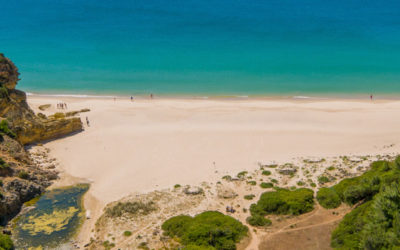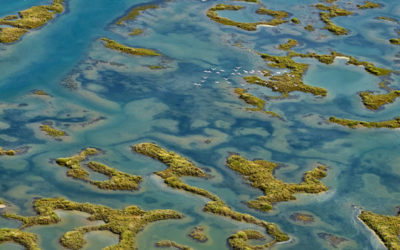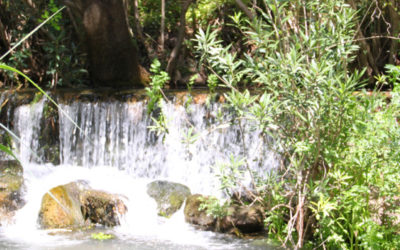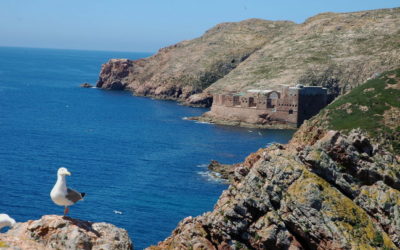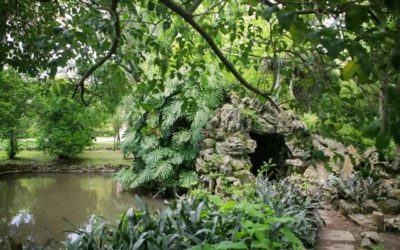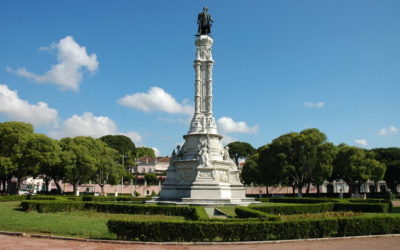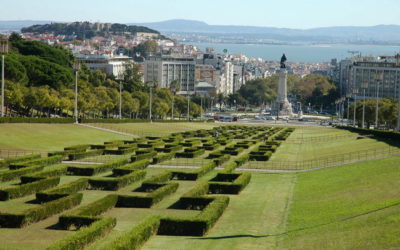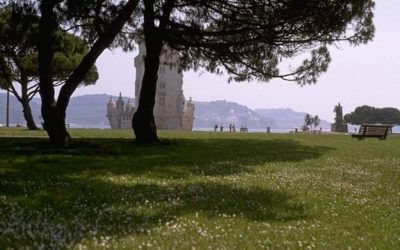Castro Marim and Vila Real de Santo António Marshland Nature Reserve
Alongside the River Guadiana between Castro Marim and Vila Real de Santo António, and covering an area of more than 2,000 hectares, lies a wetland area consisting of marshes, saltpans, inlets and rural areas of schist and red sandstone. It is the oldest nature reserve in Portugal, having been classed as such in 1975. Hugely […]

